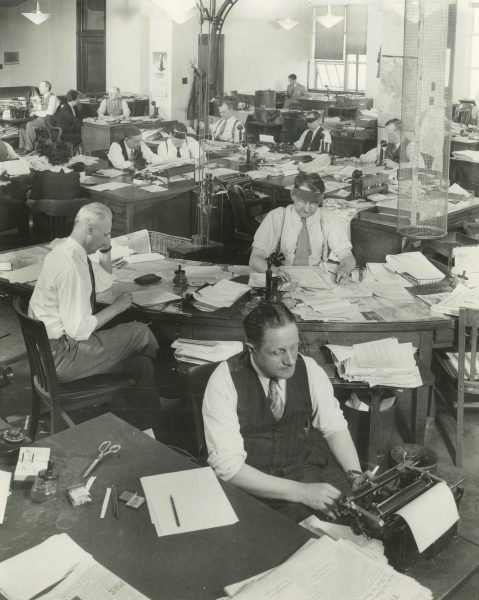
The building cost $1 million, and the paper spent another million on the machinery required to produce a newspaper.Īfter laying the cornerstone in April, W.W. In 1924, the growing Journal moved into its Art Deco gem of a home designed by Chicago architect Frank D. In 1891, the paper moved its offices to the Montgomery Building at the southeast corner of Milwaukee and Michigan Streets and in 1907 it hopped the river, occupying a building at 734 N. In 1883 the Journal really made its name via its hard-hitting coverage of the Newhall House fire. Two years later, the Journal became a United Press International affiliate and moved across the street to the former Wisconsin News building, which still stands. Deuster and Michael Kraus, and headquartered in the Seebote Building, home to the German-language Seebote newspaper Deuster also published, on Mason Street near the river. State St., faces the corner of State Street and Vel Phillips Avenue and was built in 1924 as a stunning new home for the Milwaukee Journal, which like most Milwaukee newspapers, had gotten its start east of the river.įounded in 1882, the daily Journal – an afternoon paper – was published by Peter V. The most recognizable of the three, 333 W. Only a few photographers and others, like those clearing out the former library, remain.Īlthough most recently the building was called the Journal Sentinel Building, it is actually a complex of three buildings, erected at different times. The Journal Sentinel has for the most part completed the move of its newsroom staff to 330 E. Jeffers & Co.’s effort to convert them into Journal Square apartments and student housing for nearby Milwaukee Area Technical College. So, I was excited to be able to get a peek inside last week as work commences on owner J. Professionally and personally, the buildings, especially the former Sentinel building at 918 Vel Phillips Ave., carry a lot of memories and nostalgia for me.

Plus, when I first moved to Milwaukee in 1983, the Journal lobby still sold maps and stamps and newspapers and you could mail letters there and handle other services, too, as well as grab schedules for every bus route in town.


But few of them have affected my life as much as the former Journal Sentinel buildings on what used to be called “4th and State.”Īlthough I’d been writing professionally for a couple years by the time I started working at the Milwaukee Sentinel in autumn 1988, my five years there solidified my career choice and helped provide me with the skills I’d need. And since I’ve lived here a long time, it makes sense that I have some connection to some of them. As you know, I get to see a lot of Milwaukee buildings.


 0 kommentar(er)
0 kommentar(er)
